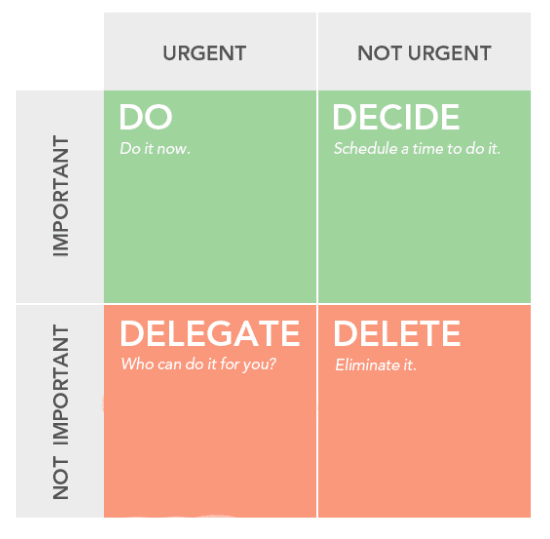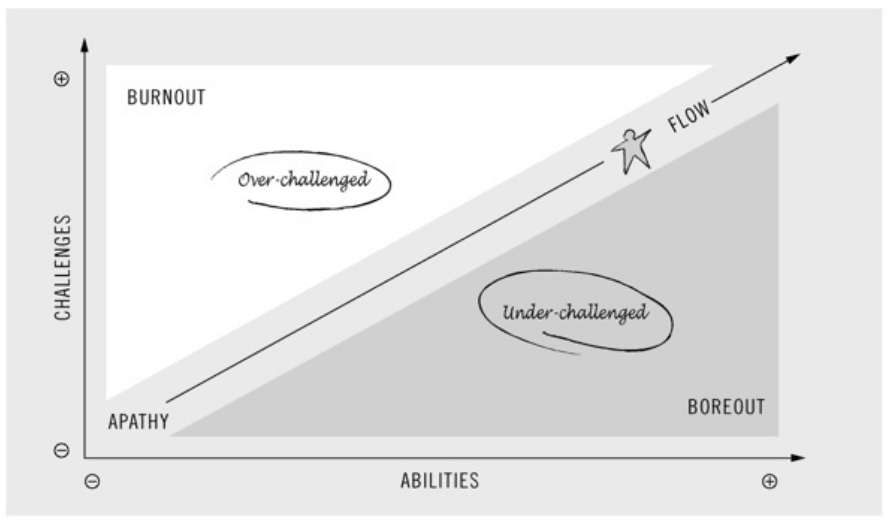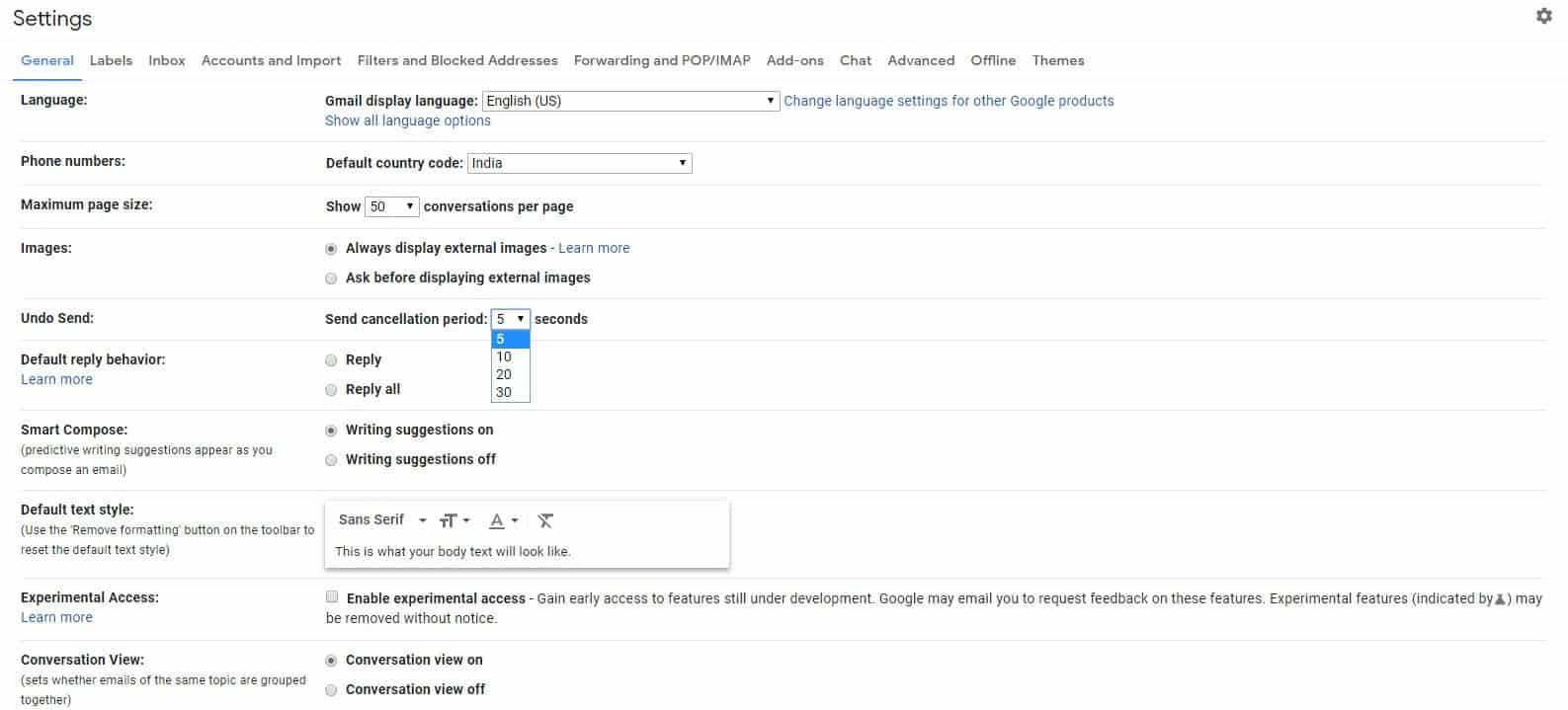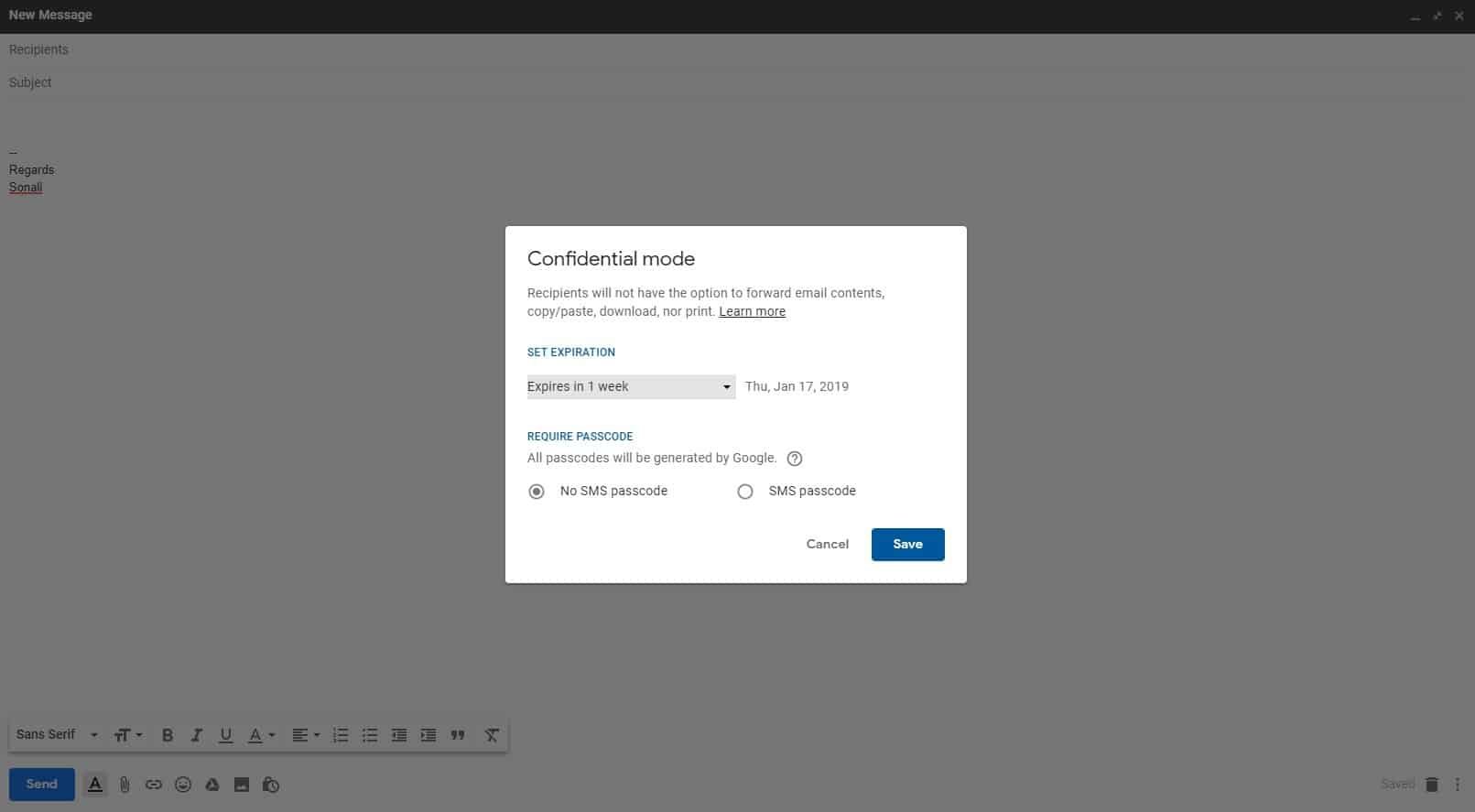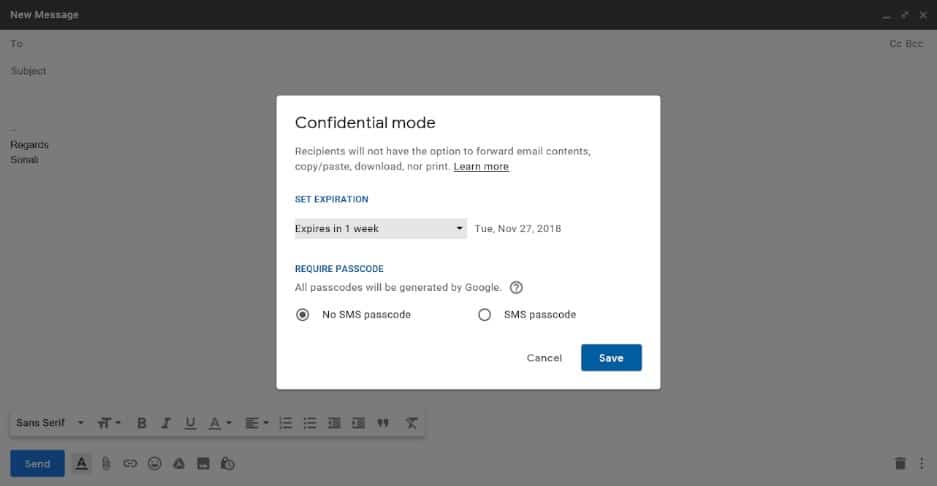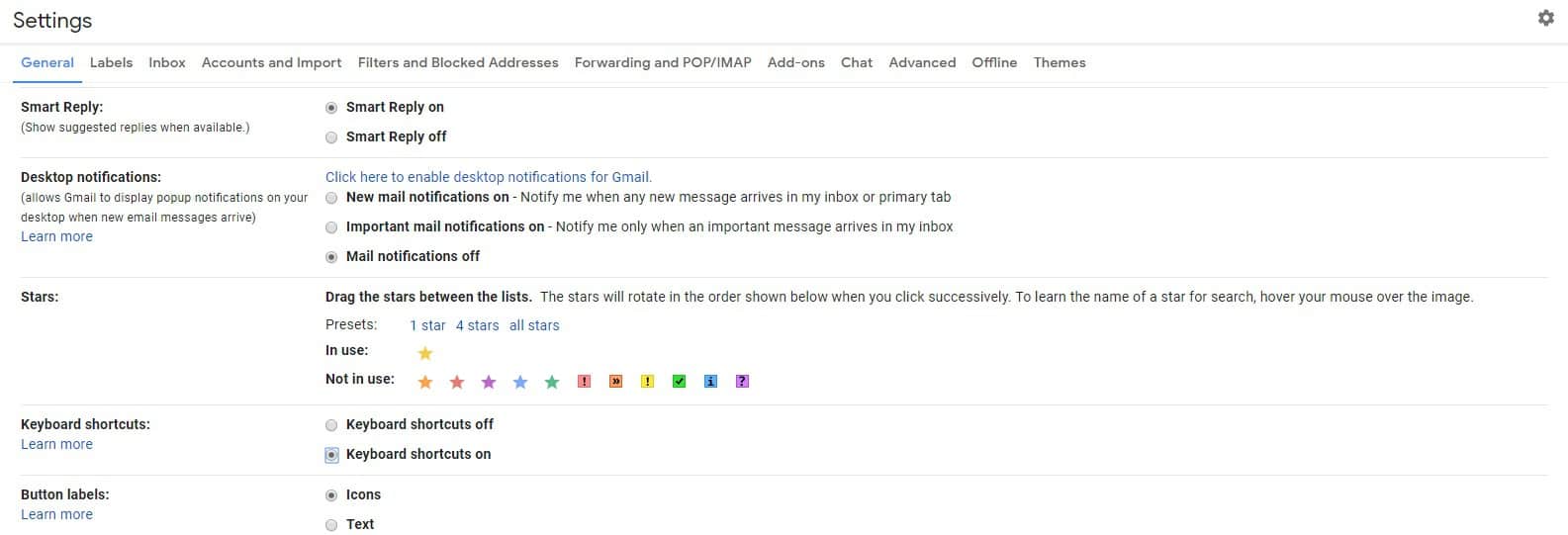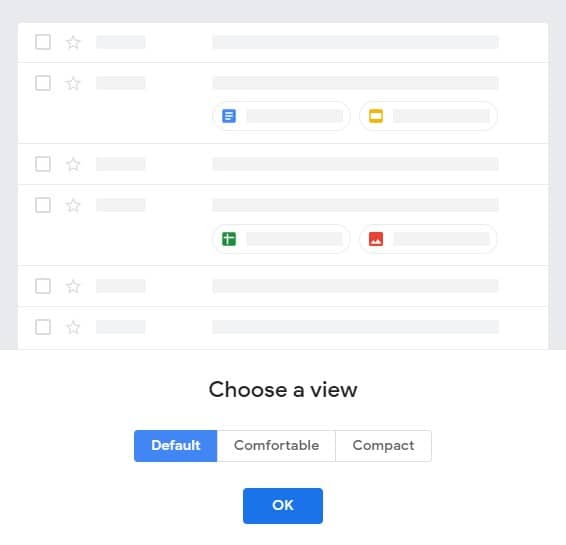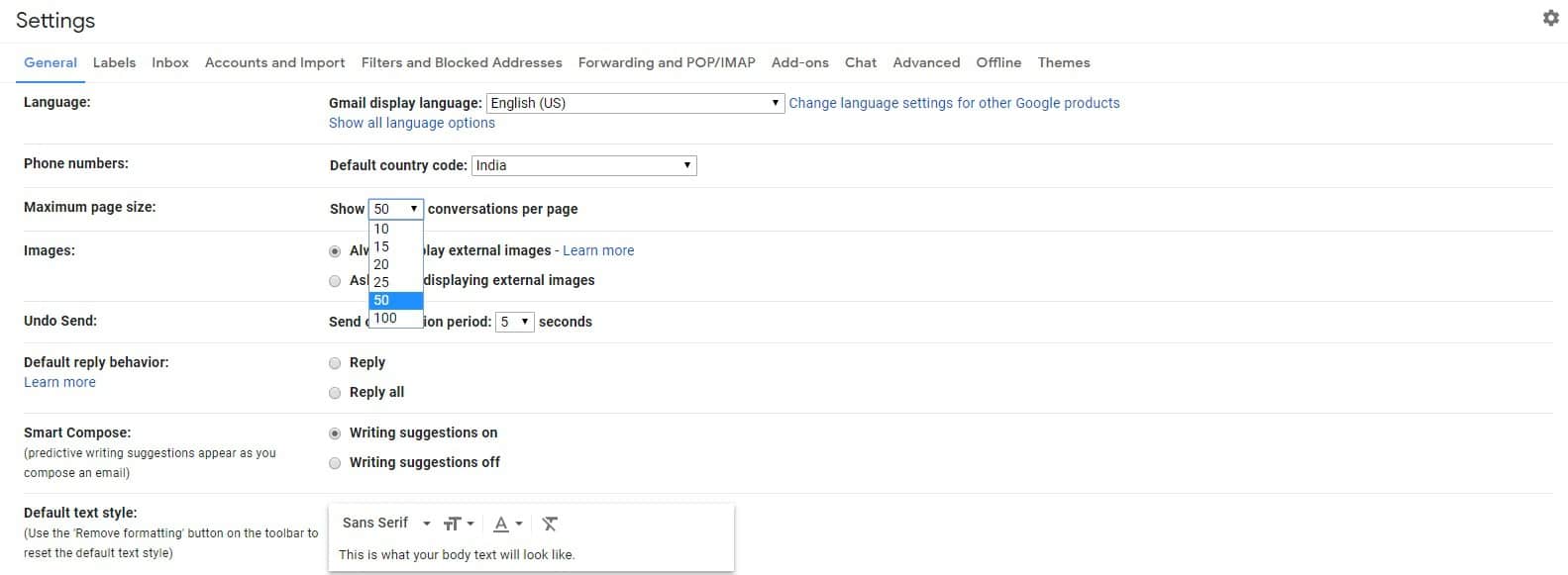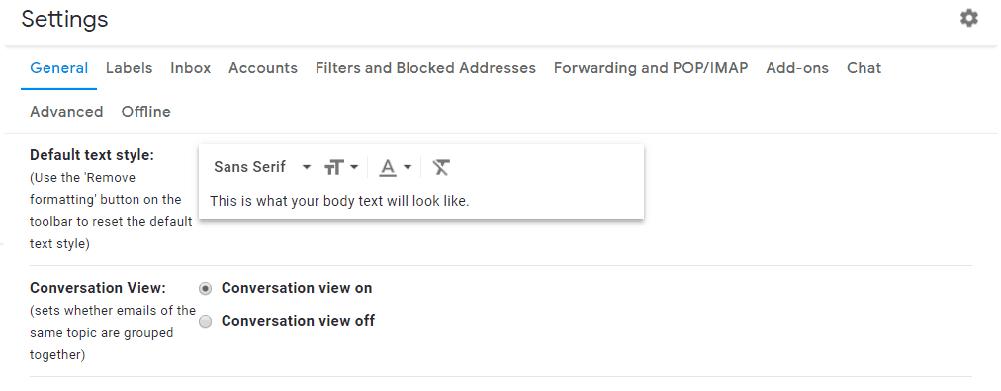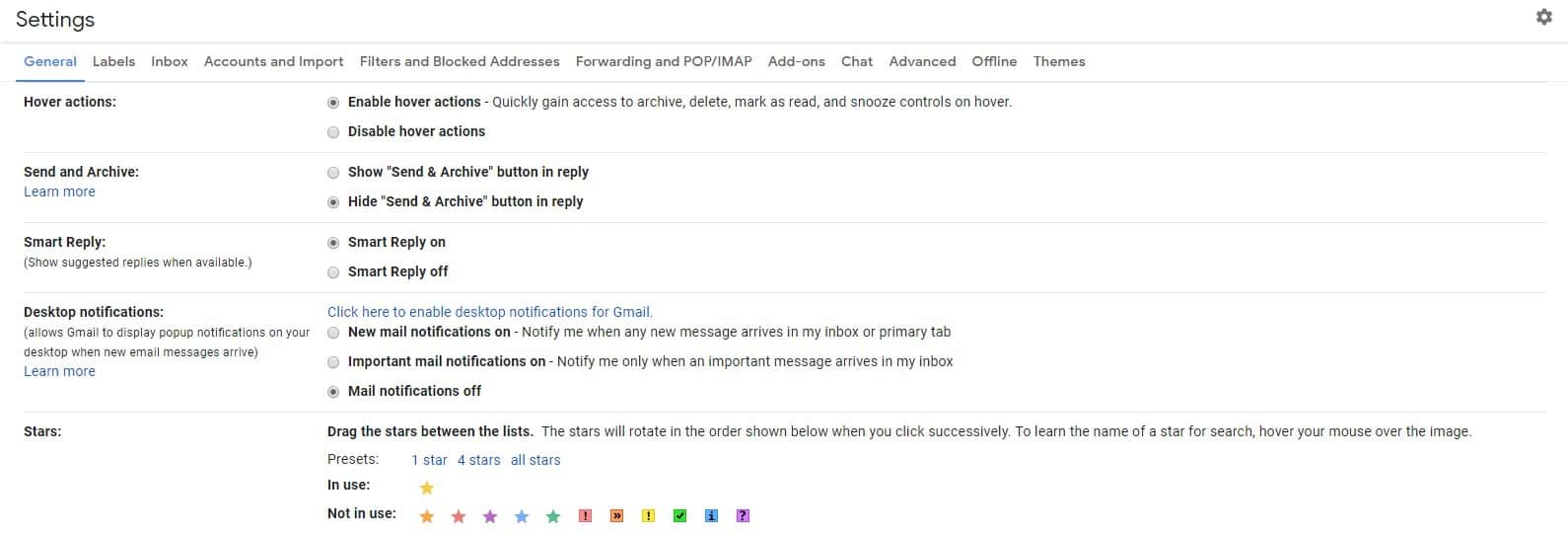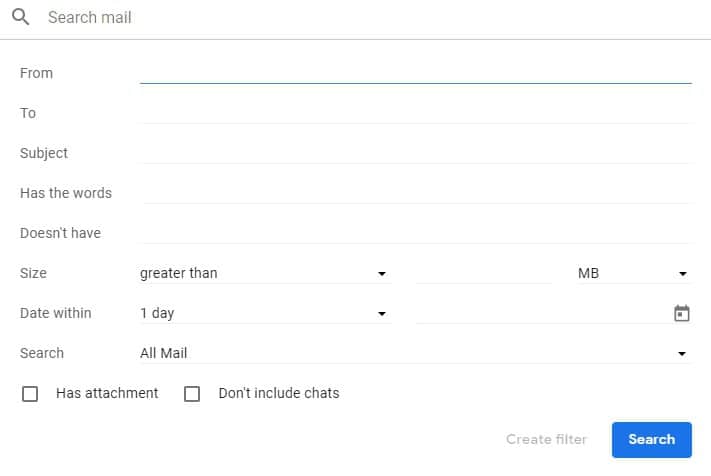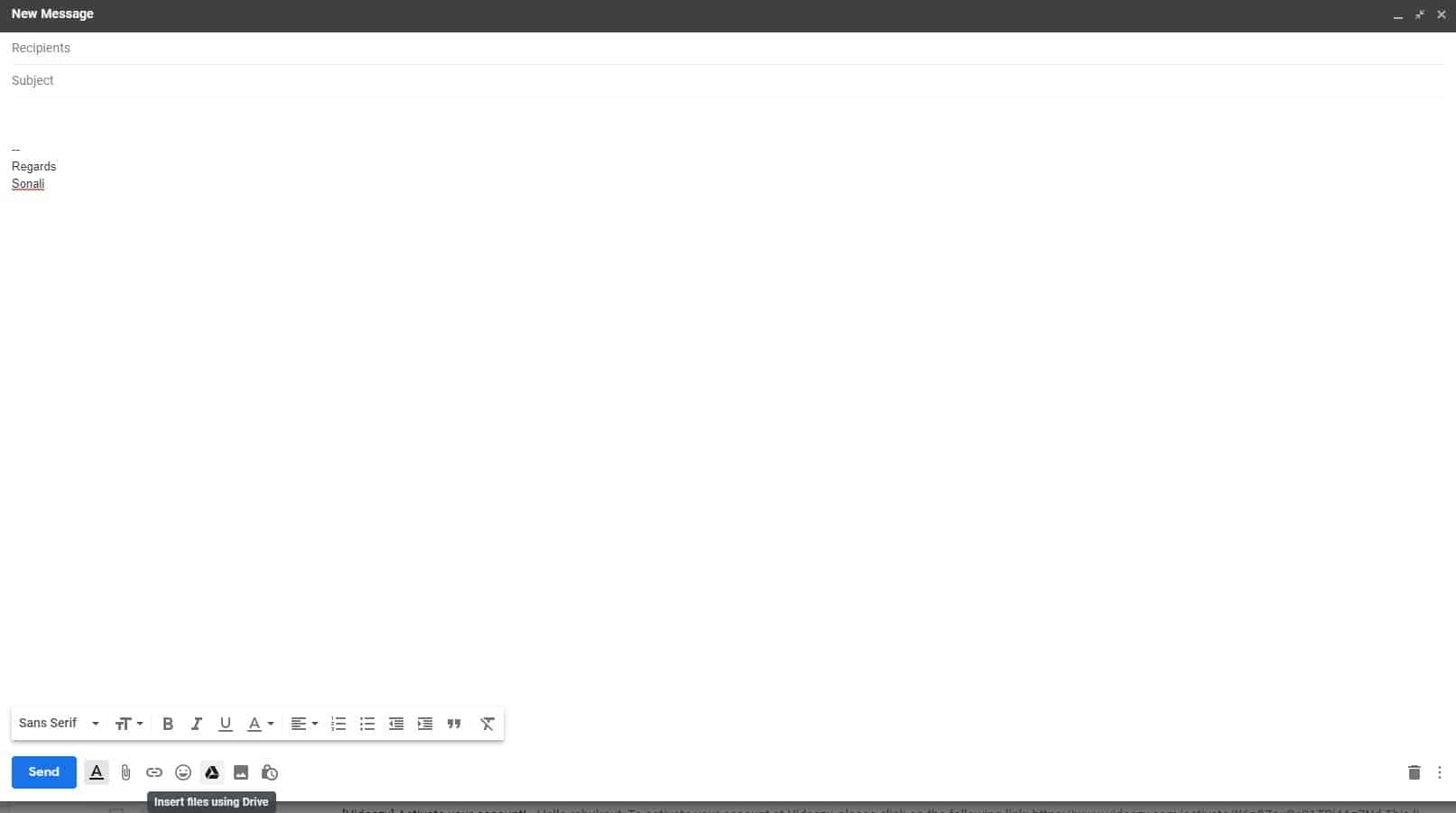How effectively we use our time can make a significant difference to our personal and professional productivity. Working smarter, not harder, is the key to effective productivity, and in turn, to better results and an improved life. When I worked in a corporate environment, I used to work for about 14 hours a day. Working these long hours gave me the opportunity to advance my career and work with many global brands. As I moved into more leadership positions, I started to think and work differently. I realized that I was missing out on valuable time with my family. One too many missed family dinners, bath nights and reading with my children changed my thinking. Rather than just taking these long hours as the norm, I decided there must be a better path to success. I created some tools and systems that allowed me to be more effective and productive at work, but gave me more time freedom to spend with the people that mattered most.
I began to understand that working less could actually deliver improved results. When I started my coaching business, working with successful entrepreneurs, I realized that many of them were also working long hours, but not seeing the results they wanted. Rather than leveraging their time to achieve the most productive result, they were stuck in an endless cycle of long hours and busyness. We all have the same 24 hours a day. Some of us can get a tremendous amount of productive work accomplished each day and still have time to enjoy life and do more of the things we love. Yet others, have no time and spend most of their day with no energy feeling frustrated and overwhelmed with what they have on their plate. Everyone wants to make the best possible use of their time and be as productive as possible. How effectively we manage our time can make a significant difference to the success of our career or business. What if you had a strategy for maximizing your time and improving your productivity? If you could spend more time focusing on your highest value activities; have time to plan for the future; have time to set goals; be able to create a plan to make them happen; have more time to spend with your loved ones; and have time to do more of the things you love how would it feel?
The key to improving your productivity is to understand why you want to do it and have clarity on the difference it will make in your personal and business life. We all want to work a bit less, do more of the work we love and make more money, but how can we do it? During my work with entrepreneurs and leaders, I’ve developed
7 Productivity Rules that help people achieve their most productive working day, no matter what the day involves.
1. Get Clarity up Front
To create a Productivity Improvement Plan, we must first understand and measure where we are right now before developing plans to improve. We need to look at both internal and external factors when we think about measuring and improving our productivity. The best way to measure is to review our performance from the present moment back to when we started. This gives us a true sense of the improvements we’ve made, what we’re doing really well and the things we’d like to get better at. It focuses on our strengths initially, giving us the confidence to make the productivity improvements we want to make.
Focus on Specifics
Have a clear purpose around the productivity improvements you wish to make. Do you have clarity on what you’re doing, why you’re doing it and what your ideal outcome looks like? Once you are clear about this, you can create more ‘intentional productivity’ and set specific, measurable improvements you wish to make. The more clarity you have around any given situation or project, the better and faster you are able to achieve your desired result. When you are clear on the result you want and are motivated to achieve that result, you will start working more effectively to achieve that result.
Understand the Big Difference It Will Make
It is important to understand how making specific improvements will make a difference in your business and life. Without that future focused motivation, you may make changes for a short period and then fall back into your old ways.
- Will you be happier?
- Do you want to work less hours and spend more time with your family? If so, what will you do with that time?
- Is building an effective team a priority? If so, what could you achieve with a better team?
- Are you focused on career progression?
- Do you want more time off to travel?
- Are you focused on freeing yourself up?
- Is this about achieving higher levels of revenue?
2. Focus on Strengths
When we spend more time using our unique strengths, we experience more happiness, are more productive and deliver greater value. Doing more of the things we love to do delivers better results whilst increasing energy, confidence and creativity.
Identify Your Productivity Strengths
Start by focusing on your strengths: Get a sheet of paper and just write down all of the things you do well, where you felt on top of your game, where you felt confident and you produced results you were happy with. Rather than look to develop weaknesses, instead
focus on your personal strengths and those of your team if you have one. When I worked for a marketing agency and we had an important pitch, we brought together the best people with complementary strengths and skills to respond to the brief. I understood that each person had specific talents, that when brought together with other complementary talents, created a much more powerful result. Look to focus on your strengths and bring together other strengths to create a multiplier effect.
3. Delegate and Outsource
To maximize our productivity and leverage our time, we need to understand we can’t do everything ourselves. We must determine what’s important, both personally and professionally, and eliminate activities that are low value. The Pareto Principle (80:20) rule((Brian Tracy:
The 80 20 Rule Explained)) states that 80% of the results come from 20% of actions, yet busyness often keeps us away from the high value activities there our most productive energy lies. If we are spending large amounts of time doing things we simply aren’t very good at and don’t enjoy, it’s far more productive to let someone, or a team take on the work. When we simply need help to complete a project, rather than increasing stress by trying to do everything, simply ask for help when you need it. Instead of wasting time and energy overloading yourself, let others help so you can focus your time on your most important and valuable tasks. Other people have skills and strengths as well, so it is important to identify who can help and where they can add value. To make this part of your long-term productivity improvement plan look to remove,
delegate or outsource 3 projects or tasks every 90 days to free up your time and improve productivity even more.
4. Manage Yourself
You can choose to constantly react to external triggers or strategically create your day from the inside out. When you’re clear on your priorities and how your unique strengths can deliver the results you want, you will feel more energized, more focused, more productive and achieve high performance results every day.
Create Your Version of a Productive Day
The key to a productive day is your intention to have a productive day, rather than just reacting to your day and working through your to-do list set your day up in advance. Instead of working on things you think you “should” do, choose what you want to do, have the intentional mindset to do it and then follow through and do it.
Pick Just Three Things to Do Each Day
Increased productivity comes through
prioritization. Many people use a daily planner or keep lists of the things they are going to work on each day. This helps them eliminate distractions and removes some of the complexities in their life. Learn how to get rid of all distractions in this guide:
Easily Distracted? Here’s Your Solution But the problem for many is that this task list is simply a list of things they want to get done or feel they need to get done. When there is no clarity, there is no focus about the tasks to be worked on and why they are important in the first place. A simple way to increase your productivity is to get more clarity about your priorities. I recommend picking and working only on 3 Key Tasks or Projects each day, with the most important being first.
Focus on One Task at a Time
Despite what you may think,
you simply can’t multitask effectively. Instead, focus on just one thing at a time. Starting one thing, stopping, and switching tasks reduces your energy and productivity. Unfinished tasks can create an environment of self-doubt and self-blame. Choose the most important from your top 3 and work on it until finished.
Work in Blocks of Time
To support your focused, productive work on just one thing, start working in blocks of time. Look at the task you’re working on and decide how much time you need to invest in its completion. If it will take you four hours to do, and it’s a big priority block out those four hours. I suggest using the 60-60-30 method. Work for 50 minutes, take a take minute break. Follow the same process again and then take a 30-minute break. Follow the same process again until the project has been completed to increase your productivity.
Take More Breaks
To make the above strategy work, you need to ensure you are strict about taking those breaks. You can use the
Pomodoro technique or just set a timer on your watch (not your phone, too many distractions). You’ll find this actually increases your focus, concentration and productivity. It ensures that your energy is always high. I recommend going for a walk, having a healthy lunch or doing something that rejuvenates during your breaks. If you feel yourself getting really tired and losing focus, you can always take a quick nap.
5. Manage Your Energy
It’s essential to preserve and nurture your physical and mental strength to ensure you are energised, focused and productive every day. Below are some tips you can use to set yourself up for peak performance:
Get Enough Sleep
It’s important to get plenty of sleep so you set yourself up for as productive a day as possible. I have written before about the
benefits of sleep. If you’re struggling to get enough sleep and want to wake up productive try this night routine from Lifehack’s CEO:
The Ultimate Night Routine Guide: Sleep Better and Wake Up Productive
Take More Time Off
Strategic Coach Founder Dan Sullivan believes there are two ways of looking at the world: through the lens of time and effort, or through the lens of results. For him, it’s all about maximizing results while minimizing the time and effort involved to produce them. His time system is about focusing your time, energy and creativity to produce your best results. He suggests taking regular ‘Free Days’ (a 24-hour day, from midnight to midnight, during which there are no work-related activities) to set yourself up for periods of high productivity and creativity.((Dan Sullivan:
How To Stay At The Top Of Your Entrepreneurial Game))
“Instead of seeing time off work as a reward, see it as a necessary precondition for success.” -- Dan Sullivan
This time off helps to ensure you are well rested, rejuvenated and ready to take on your biggest challenges.
Create a Morning Power Hour
Creating a morning routine can give you the intentional motivation to have a productive day. Rather than reacting to your day, you strategically set up your day to be one of inspired high performance. Take an hour or 90 minutes to focus on yourself and your most important tasks. This could be a mix of meditation, exercise, reading, eating a healthy breakfast, expressing gratitude and laying our your Most Important Tasks for the day. Find a routine that works for you. Mix and mix a few different things until you find the meaning, motivation and purpose that feels right. For tips on creating your morning routine read
The Ultimate Morning Routine to Make You Happy And Productive All Day
Start Saying No More Often
Instead of working longer and harder, we should focus our time and energy on the activities that deliver the biggest results and bring us more happiness.
Stop saying yes to people, projects and things that lower your energy and bring little or no results.
“The difference between successful people and very successful people is that very successful people say “no” to almost everything.” – Warren Buffett
Stop Worrying About Perfection
Many people are continually gearing up to get started. They are waiting for the perfect moment to take action. If you wait for the perfect moment, you may never get started. Perfectionism is made up in our minds. It is an unattainable goal.((Lucemi Consulting:
How to Defeat Perfectionism Once and For All)) It’s much more satisfying to simply get started and complete a project simply by doing great work. If you live in a world of ‘Should Do,’ you may never really be sold on the project and be emotionally engaged enough to complete it in the first place. However, if you come from a place of ‘Want To’ you have chosen to make this project an area of focus for you. If you want more advice on avoiding perfectionism, take a look at this article:
How Perfectionism Secretly Screws You Up
6. Continually Measure and Review
The foundation of any productivity improvement plan has to include progress you can measure. When we’re making progress towards our goals and making improvements, we feel a lot happier and more confident. Vague or general goals won’t give us the same feeling of accomplishment as something specific. If you set up your productivity improvement plan in terms of specific,
measurable progress, you will feel more grounded and less overwhelmed. Measuring your own personal productivity progress also ensures you don’t compare your performance with others.
“Comparison is the thief of joy.” – Theodore Roosevelt
Set Productivity Goals
To build up your goal setting muscles, write down 5 specific personal and professional productivity improvements you wish to make in the next 90 days.
Make them measurable so they can be tracked, and review on a monthly and weekly basis. This may include cutting down your work hours by a specific number or committing to try a morning routine for the next 14 days. Decide what is the most important and what could make the biggest difference.
Review Project Performance
Your productivity goals and action plan will create a tangible difference to the projects you’re working on. Before you start, set up a number of success criteria and then review the finished project based on that criteria. Note down the improvements that have been made through your productivity changes and any further things to work on with your next project.
7. Simplify
The key to improving your productivity is to simplify and then simplify further as much as possible. We all have so much complexity in our lives, it is difficult to stay in control and focused on our most important activities, both personally and professionally. This might be an out of control calendar, a bulging inbox, a massive to-do list, mental clutter too many demands on your time or too many deadlines to meet. This causes a feeling of being stuck or overwhelmed and can lead to ongoing fatigue and stress. I wrote about this in my article
How to Help Anxiety When Life is Stressing You Out. Keep trying to simplify your life by focusing on the activities that deliver the biggest results and bring you the most joy and satisfaction. If you can keep freeing yourself up from low value, energy draining activities you can create a bigger impact on the things, people and projects that really matter. This is an ongoing process but think about how much better your life would be if it keeps getting simpler and simpler. Any and all, improvements will further bolster your confidence.
The Bottom Line
These 7 Rules and supporting strategies can be put in place to help you take that first step towards increased effectiveness, confidence and productivity. Why not pick one or two and see how they can make a difference in your business and life? Every bit of progress and improvement in your productivity and happiness could make your life more enjoyable and ensure your results keep improving. The most important thing is just to get started on your productivity improvement plan.

